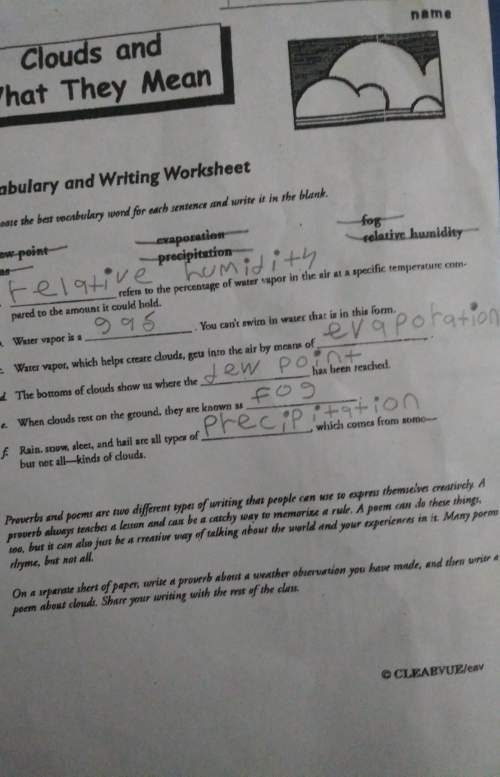
Thermodynamics developed from the study of heat engines, which convert heat into useful work over the course of a thermodynamic cycle. For instance, a car's internal combustion engine converts the heat released by igniting gasoline to do the "useful work" of getting a car moving. Thermodynamics places strong constraints on how this can be done. We will explore an example of such a constraint in this problem.
So far, we've seen the Second Law stated as "the average entropy of the universe cannot decrease." But there are other, equivalent, ways of stating it, like "heat cannot spontaneously flow from a cold object to a hotter object." This problem is to prove a corollary of the latter statement: "it is impossible to design a thermodynamic cycle that can extract useful work from heat absorbed from a single thermal reservoir." A quick reminder: a "thermal reservoir" is a source of energy so large that it always remains at the same temperature.
Imagine a cylinder filled with 1 mole of monatomic ideal gas. We will specify a "state" by the variables (P, V,T). For example: state i is specified by (P., Vi, T;).
A) The cylinder starts in state 0. We hold it at constant volume, and put it in contact with a thermal reservoir at temperature Th > To. It exchanges heat with the reservoir until it comes to an equilbirium in state 1. In terms of only Po, Vo, To, and Th, what is state 1 (P1, V1,Tı)?
B) Now, remove the cylinder from the thermal reservoir, and allow it to adiabatically (Q = 0) expand until its pressure equilibrates back to Po in state 2. For this part, you will need the adiabatic relation for a monatomic ideal gas T! = constant. (2.1) Р What is T2, in terms of only To and Th?
C) Rank To, Th, and T2, from highest to lowest.
D) From state 1 to 2, how much work is done on the cylinder?
E) To turn this into an engine, we need to create a cycle by returning the gas to state 0. Imagine we achieve this with a constant-pressure recompression of the cylinder back to V. Show whether heat exchanged during this process positive, negative, or 0.
F) If the cylinder can only exchange energy with the single reservoir at Th, prove that the last step is impossible.

Answers: 3
Another question on Physics

Physics, 21.06.2019 20:00
What happens to atoms and chemical bonds during a reaction?
Answers: 1

Physics, 21.06.2019 22:00
Which units can be used to measure length or distance? check all that apply. gram meter kilometer liter inch
Answers: 1

Physics, 21.06.2019 23:30
1.in one challenge on the titan games, competitors have to lift 200 pounds up a long ramp. angel is able to move the weight in 42 seconds. anthony gets it done in only 38 seconds. which statement is true? angel has more power than anthony. angel does more work than anthony. anthony does more work than angel. anthony has more power than angel. 2.a mountain climber exerts 41,000 j of work to climb a cliff. how much power does the climber need if she wants to finish in only 500 seconds? power = work / time 20,500,000 watts 82 watts 0.0122 watts 41,500 watts 3.your family is moving to a new apartment. while lifting a box 83 joules of work is done to put the box on a truck, you exert an upward force of 75 n for 3 s. how much power is required to do this? (hint: you only need two of the 3 numbers given! ) power = work / time 249 watts 25 watts 2075 watts 27.7 watts
Answers: 1

Physics, 22.06.2019 03:30
As part of an industrial process, air as an ideal gas at 10 bar, 400k expands at steady state through a valve to a pressure of 4 bar. the mass flow rate of air is 0.5 kg/s. the air then passes through a heat exchanger where it is cooled to a temperature of 295k with negligible change in pressure. the valve can be modeled as a throttling process, and kinetic and potential energy effects can be neglected. (a) for a control volume enclosing the valve and heat exchanger and enough of the local surroundings that the heat transfer occurs at the ambient temperature of 295 k, determine the rate of entropy production, in kw/k. (b) if the expansion valve were replaced by an adiabatic turbine operating isentropically, what would be the entropy production? compare the results of parts (a) and (b) and discuss.
Answers: 3
You know the right answer?
Thermodynamics developed from the study of heat engines, which convert heat into useful work over th...
Questions



Chemistry, 10.06.2020 04:57

Mathematics, 10.06.2020 04:57


History, 10.06.2020 04:57


Mathematics, 10.06.2020 04:57

Mathematics, 10.06.2020 04:57

Business, 10.06.2020 04:57




History, 10.06.2020 04:57

Mathematics, 10.06.2020 04:57


Mathematics, 10.06.2020 04:57


English, 10.06.2020 04:57




